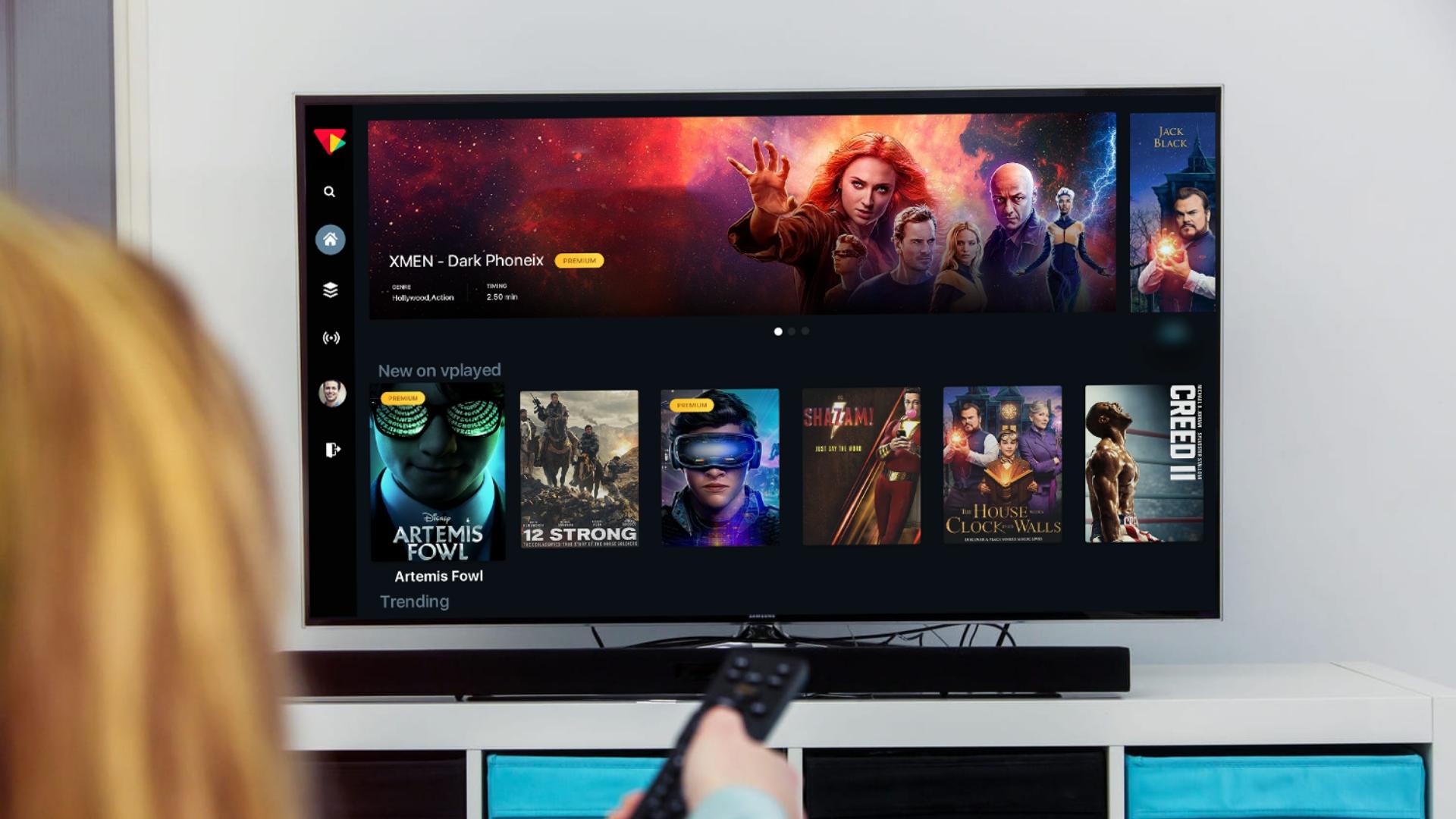Apollo Group Tv Fundamentals Explained
Apollo Group Tv Fundamentals Explained
Blog Article
Getting The Apollo Group Tv To Work
Table of ContentsUnknown Facts About Apollo Group TvHow Apollo Group Tv can Save You Time, Stress, and Money.The Basic Principles Of Apollo Group Tv The Best Strategy To Use For Apollo Group Tv
In this situation, instead than having three-minute industrial spots during a 30-minute television program, television shows might alter to one where a customer will certainly be needed to have a monthly subscription, so that they cen view targeted banner advertisements. This sort of advertising and marketing already occurs online, and the quantity of data tv firms gather allows them to do similar.Describe the influence of sponsors on program web content. Explain the significant trends amongst the broadcasting and cord networks. When tv was in its infancy, manufacturers designed the brand-new tool on radio. Popular radio shows such as police drama Dragnet and western cowboy series Gunsmoke were adjusted for television, and brand-new television programs were sponsored by solitary advertisers, equally as radio shows had been.
Today, the television industry is much a lot more complex. Programs are funded by multiple advertisers; shows is managed by significant media corporations; and the three major networks no much longer dominate the airwaves but instead share their viewers with many cable television networks. Several aspects represent these fads within the industry, including technical developments, federal government regulations, and the development of brand-new networks.

Fascination About Apollo Group Tv
Developed in 1969, (PBS) created out of a report by the Carnegie Compensation on Educational Tv, which examined the role of instructional, noncommercial tv on culture. Public tv was likewise intended to give universal accessibility to tv for audiences in country areas or visitors who can not afford to pay for private tv services.
The duration in between 1950 and 1970 is historically recognized as the. Other than a tiny part of airtime controlled by public tv, the three significant networks (recognized as the Big Three) controlled the television sector, collectively accounting for even more than 95 percent of prime-time watching. In 1986, Rupert Murdoch, the head of multinational business News Corp, introduced the Fox network, testing the dominance of the Big 3.
Targeting young and minority audiences with programs such as Buffy the Vampire Slayer, Moesha, Dawson's Creek, and The Wayans Bros., the brand-new networks intended to attract terminals far from their old network associations. Instead than duplicating the success of Fox, UPN and WB had a hard time to make an impact. Not able to bring in several affiliate terminals, the two new networks got to less homes than their bigger opponents due to the fact that they were impossible in some smaller sized cities.
This choice led the way for the development of cord flick networks, adding to the exponential growth of cord in the 1980s and 1990s. apollo tv. Additional site deregulation of cord in the 1984 Wire Communications Plan Act got rid of restrictions on cable rates, making it possible for operators to charge what they wanted for cord services as long as there was efficient competitors to the solution (a criterion that over 90 percent of all cord markets can fulfill)
Apollo Group Tv Can Be Fun For Anyone

Having produced the initial "superstation," Turner expanded his world by starting 24-hour information network CNN in 1980. At the end of the year, 28 national programs services were readily available, and the wire transformation had actually started. Over the next decade, the industry went through a duration of quick growth and popularity, and by 1994 audiences can pick from 94 fundamental and 20 premium cord solutions.
Figure 9 - https://apollo-group-tv-ad275d.webflow.io/.16 Raised competition from wire networks has created a constant decrease in the networks' target market ratings. During the 1950s, the cost of creating a solitary television show raised as shows ended up being longer and manufacturing prices soared. Sponsorship on network television changed from single sponsorship, in which a program was totally supported and created by one marketer, to numerous sponsorship, in which advertisers acquired 1- or 2-minute spots on the program
Pick one of the Big 4 networks and publish out its once a week shows timetable. Watch the network's prime-time programs over the course of a week, noting the target demographic for each program.
The Best Strategy To Use For Apollo Group Tv

Straight television, typically described as traditional broadcast TV, includes cord and satellite tv. It's called "linear" because material complies with an established shows schedule, unlike on-demand content which the private customer makes a decision to enjoy based upon their very own choices and routine. When you ask, "What is straight Television?", consider it as the classic way of enjoying TV that has actually been around for decades.
Report this page